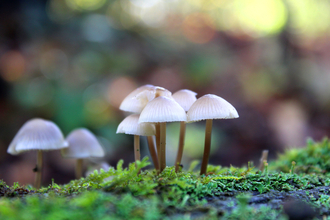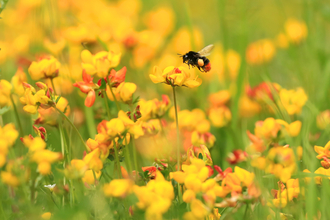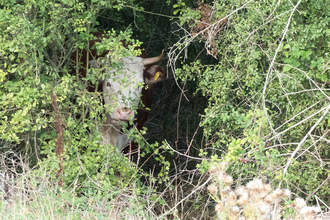On the open heathland the ling has produced millions of tiny seeds and as the weekday and Sunday volunteers clear more birch and bracken, its pleasing to see where heather has germinated, young ground-hugging plants that should thrive for over twenty years. This year’s birch seed has now been blown everywhere, capable of germinating on the thinnest of soils into a carpet of fuzzy seedlings. In the upper bog, the bog asphodel seedheads will stand like orange candles though the winter. The sundew leaves have curled up into a round hibernaculum to survive winter nestled into the sphagnum moss. The seeds need a cold winter – stratification – to promote germination.
Hothfield Heathlands in December
Ian Rickards
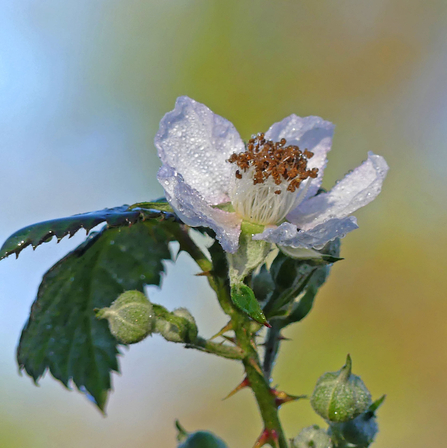
Val Butcher
Berries are usually red or black to show up well and attract birds who eat the flesh and normally expel the seeds in their droppings, often a long way away from the original plant (including at the base of walls and fences on which the birds perch). Berries provide easy food for ground feeders when the ground is frozen. Glistening honeysuckle berries have already been eaten by the fruit-eating birds, who may well strip the haws from the hawthorns by Christmas, each berry requiring a tug and a twist before being swallowed whole. Rosehips are enjoyed by the larger birds, thrushes, blackbirds and redwings. The robin’s pincushions on the dog roses are more evident now, the tangle of distorted growth providing winter shelter and food for the tiny gall wasps within. Insects have recovered from getting drunk and falling off ivy flowers, now the berries will swell and darken to provide a feast after Christmas.
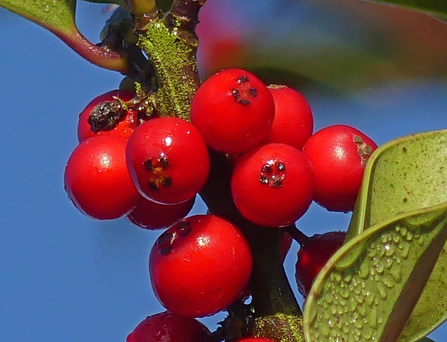
Val Butcher
Walking among the trees it’s impossible to miss the crunch of acorns, beechmast, sweet chestnut and hazelnuts underfoot. Such seeds rely on mammals as well as birds or wind for dispersal. Mice and squirrels had the sweet hazel kernels weeks ago. Many seeds including beech need winter cold to trigger germination. Jays, the principal disperser of acorns, will bury them in random spots, where if forgotten, oaks will germinate in spring. In recent years many of the acorns have been distorted by the knopper gall wasp, while the oak marble gall wasp builds the round brown galls, two of the myriad insects that live in the aerial oak city. Both types of gall are now empty, the new generation having sought out turkey oaks on which to lay the next generation of eggs.
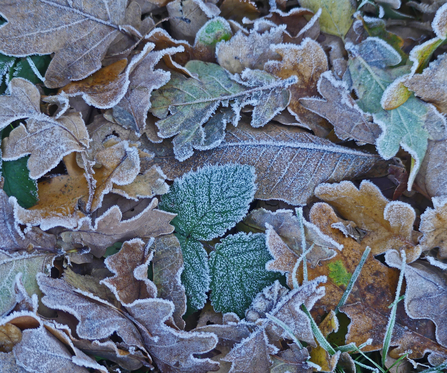
Val Butcher
Everyone is welcome to visit Hothfield Heathlands but please remember this is first and foremost a haven for wildlife.
Please keep dogs close to you at all times, do not let your dog run and play off the paths and through the areas of heather and gorse. Breeding and feeding birds are seriously impacted by this disturbance, causing them to abandon nests or preventing them from collecting the food they need.
Make sure anything you bring with you leaves the reserve with you. Remove litter, dog mess and place all dog bags in the bins.
Hothfield Heathlands is one of the best spots of wildlife in the county, with your help we can keep it that way.

